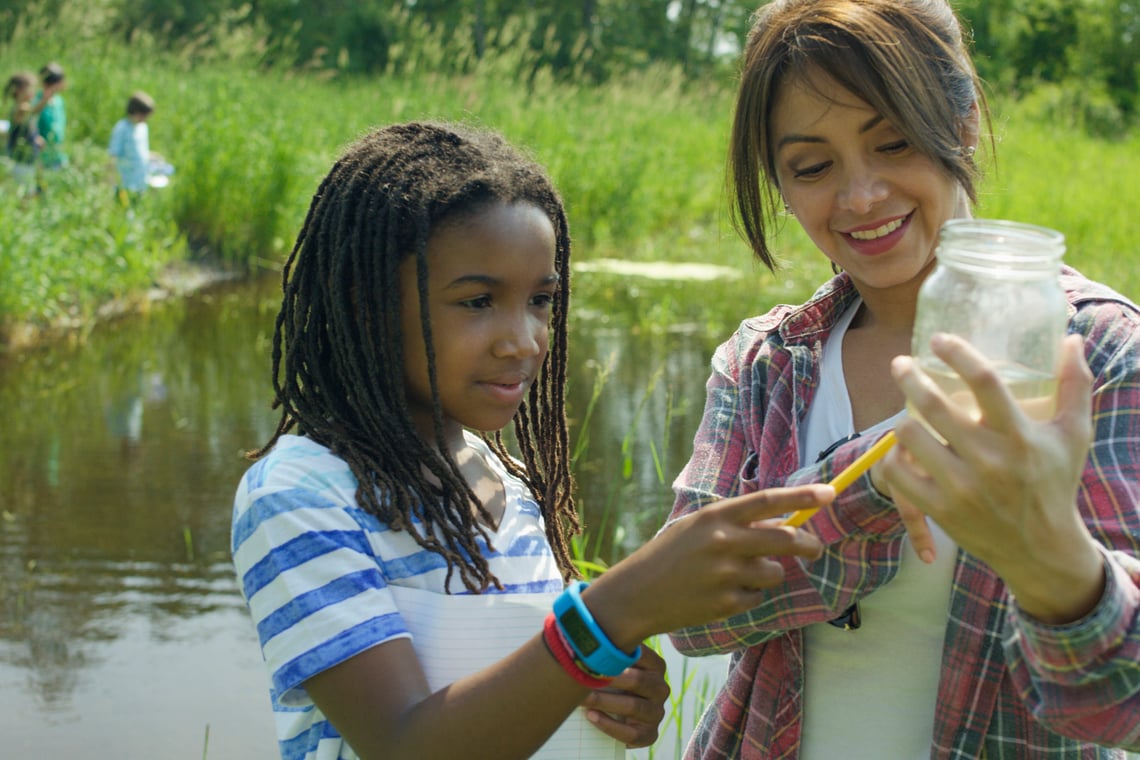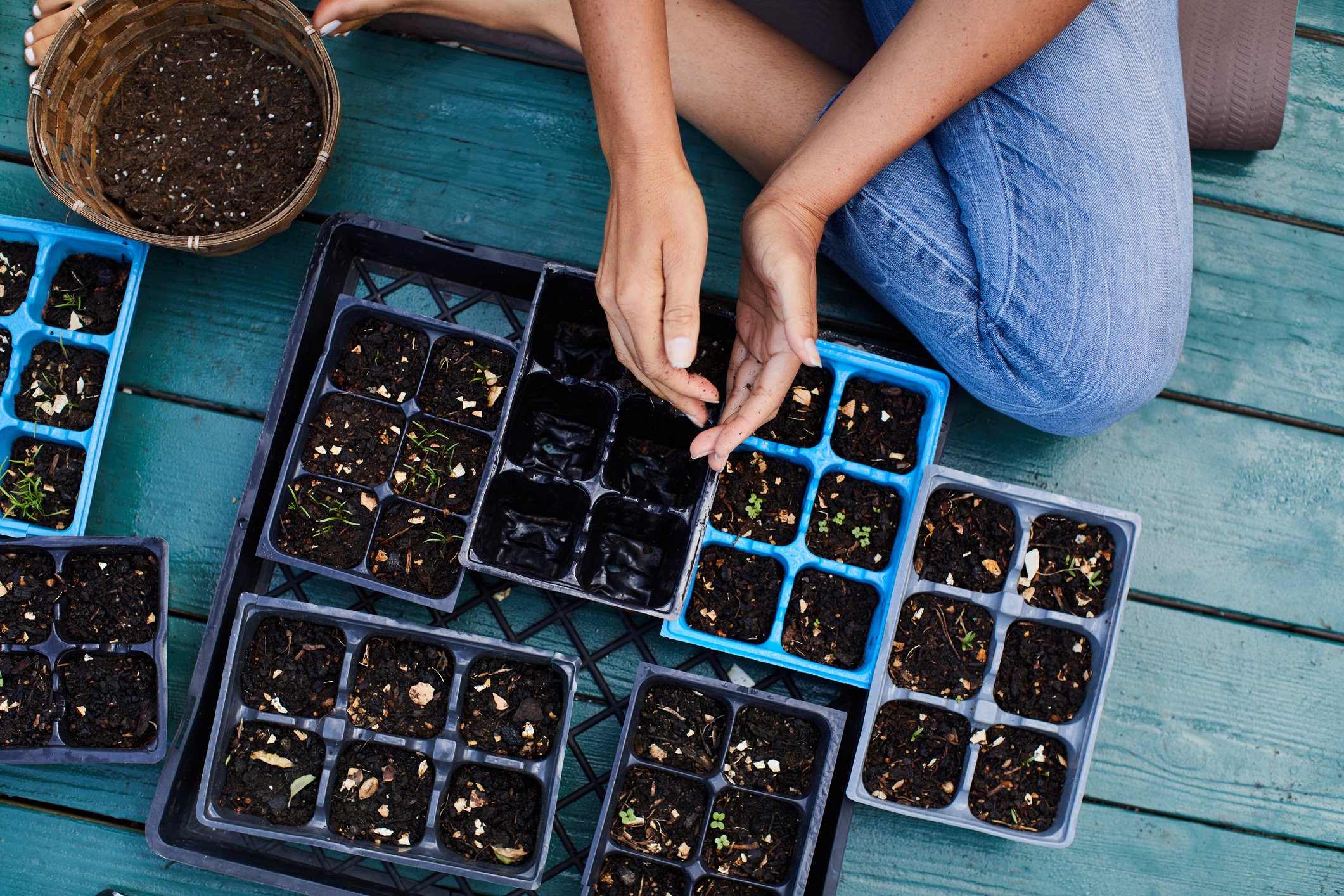Homeschooling your children can be one of the most rewarding experiences you will ever embark on. But how do you fit it in when you are busy on the homestead? You might find it is easier than you think.
As a homeschooling, homesteading mother of 3, I understand the struggle when it comes to balancing the two.
On our 2.5 acre mini-farm, the goats, pigs, rabbits and chickens all require a bit of attention throughout the day. Not to mention the garden, house chores and (oh yeah!) the kids. Over time, our family has discovered that getting creative in our approach is the best way to accomplish it all.
Here, I offer tips on how to create simple farm-inspired homeschool activities that are fun and educational.
Homeschooling & Homesteading: It Can Be Done!
There are many benefits to weaving the homestead into your homeschool. For starters, children learn valuable life skills such as self-sufficiency and personal responsibility. Additionally, the amount of family time spent together naturally increases.
But most importantly, combining the two can help you save a great deal of time.
By joining in on your child’s educational journey, you get to choose what they learn daily. And thanks to the homestead, there are several ways of approaching your homeschool day in a way that works for you.
Teach Gardening Skills (Math, Science, Reading & Art)
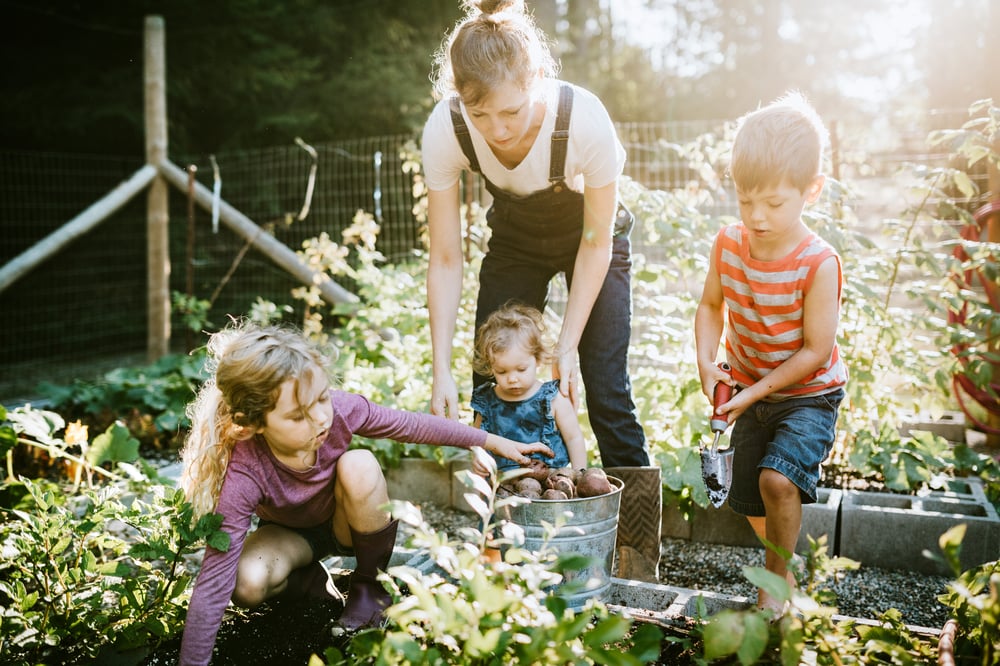
A home garden provides nutritious fruits, vegetables and beautiful flowers for all to enjoy. But have you thought of the various learning activities it can provide?
One of the most important, and often overlooked, steps in gardening is the preparation stage. During the winter and early spring months, spend some time with your children researching and mapping out your garden beds.
If you live in the South, this article sheds some light on how to plan and plant a spring garden using zone hardiness, soil preparation and more. Task your child with researching your area’s planting zone and last frost date. Then spend some time quizzing your child on what he or she learned.
Next, poll each family member to find out what favorite fruits and vegetables should be included in the garden. A good rule of thumb is to plant plenty of what the family will eat, and also plant one or two new crops to try.
Once you have an idea of what to plant, have your child spend some time drawing, mapping and coloring a garden map. Make sure they include garden bed measurements, plant spacing lengths and any herbs or flowers you want to include to attract pollinator bugs.
Following the planning stage, it will be time to order seeds. Most seed catalogs are free and delivered straight to your mailbox.
Looking through a seed catalog offers your student the chance to read about plants and their variants. They may also learn new words, as seed catalogs tend to include the Latin name for each plant.
You might also ask your child to add up the total dollar amount for the seeds you plan to order. Seed catalogs offer math, reading and language arts lessons all wrapped into one.
As soon as seeds arrive, they may be sown to start seedlings. This offers an excellent lesson in the seed life cycle. Once seedlings are ready, and the weather permits, it will be time to transplant and work in the dirt. As you can see, there are many opportunities for teaching in the garden
Additional gardening lessons may include studying worms and other beneficial bugs in the garden, learning about Victory Gardens and how you can plant one on your homestead and how to preserve the food you grow, if you have a prosperous yield.
Learn With Farm Animals (Math, Science & Physical Education)
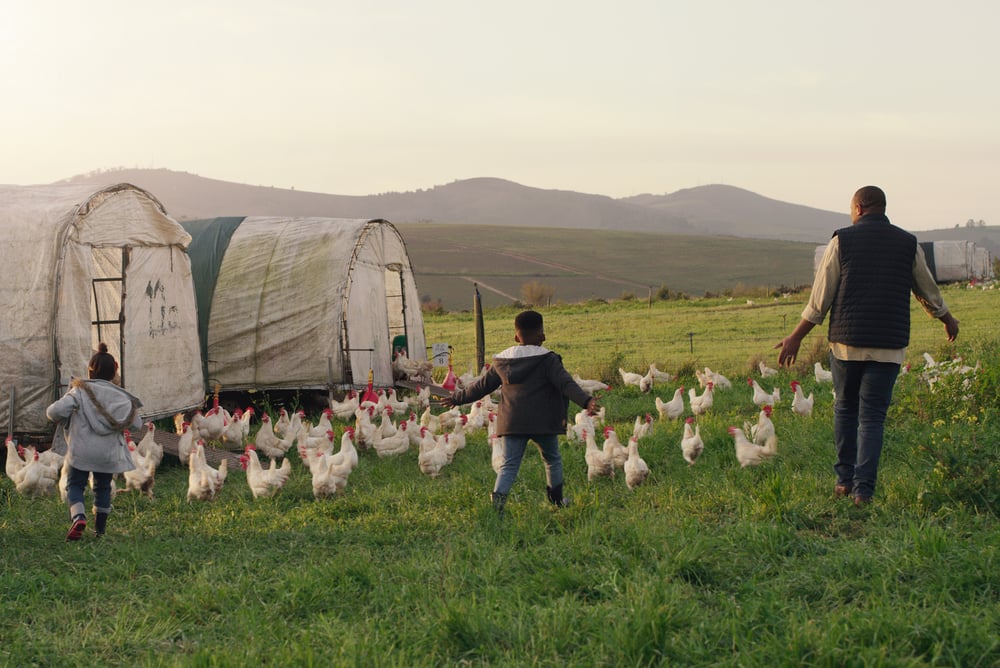
It’s no secret that farm animals are beneficial to keeping our children healthy and happy. You can read more about that here. But did you know that our furry and feathered friends can also offer many learning opportunities for homeschooling homesteaders?
Take chickens for example:
If you raise backyard chickens, you know that daily egg collection is necessary. This is a great task for even the youngest of homeschoolers. Collect eggs in a basket or egg apron, and head back home for a fun egg counting lesson.
Eggs also offer various science experiments. Soak an egg in vinegar for 24 to 48 hours, and watch as it turns into a rubber bouncy ball.
Or, head out to the garden to pick some colorful flowers to make natural color dye and dye some eggs. And last, cook up a delicious breakfast together. How many different ways can you cook an egg? Let’s find out!
You might choose to work on a hatching chicks project.
Gather or purchase fertilized chicken eggs to incubate. Spend time each day monitoring the incubator, learning about humidity, and turning the eggs. While you wait for your baby chicks to hatch (this takes about 21 days), spend some time researching and diagramming a fertilized chicken egg.
Additional activities may include researching how to care for newly hatched baby chicks, visiting and touring a local hatchery or begin preparing a brooder space for transferring the chicks when they are ready.
Make Bread Together (Math, Science & Reading)
Nothing is more delicious than a slice of homemade bread. Measuring and mixing the ingredients equates to a math lesson while reading the recipe counts toward reading. Not to mention, baking is a science and art form in and of itself.
We are forewarning you now, it will get messy. But, that’s part of the fun.
To help you get baking, here is a simple recipe:
- 2 cups of milk (whisk in 1 egg)
- 2 Tbsp of honey
- 1 tsp of salt
- 4 cups of flour
- 3 tsp of yeast
Mix all ingredients, pouring the mixture into two separate loaf pans. Let the dough rise. Bake in the oven at 350 degrees for about 18-20 minutes. Cool before devouring.
Turn Chores Into School Time (Physical Education, Science & Math)
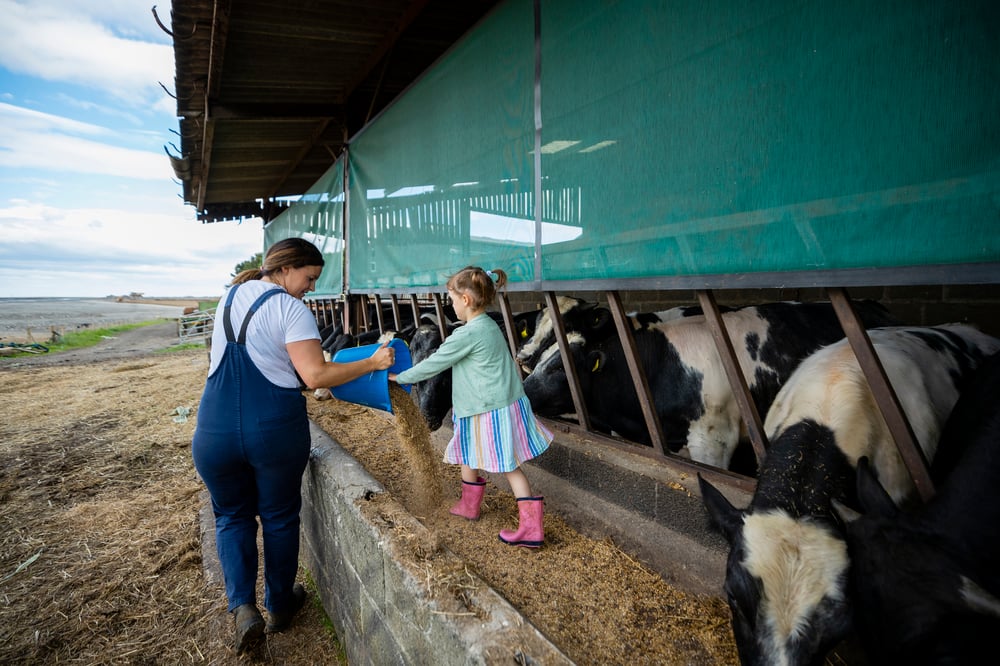
When it comes to tending to the farm, all hands must be on deck. But how can you make the daily mundane tasks a chance for learning something interesting?
For starters, making farm chores fun will help to motivate and engage the kids.
Once engaged, the learning part comes easily. Here are a few ideas to help you teach as you work on the farm:
- Measure animal feed — Task your child with using a measuring cup to accurately divvy out feed to each animal.
- Transplanting seedlings math — Each seedling requires a specific amount of space between other plants. Take a ruler out to the garden with you to measure seedling distance.
- Identifying weeds in the garden — Science is abounding when it comes to the great outdoors. Teach your children the difference between a vegetable plant and a weed. Then task them with pulling weeds, a physical education activity.
- Helping at the farmers market — If you sell produce grown on your farm, include the children in the sales process. This teaches them the value of the dollar. Ask them to add up a purchase, figure out applicable taxes and count back the money owed. Additional tasks may include taking inventory and tending to displays, a lesson in entrepreneurship!
Craft Useful Tools For The Farm (Art & Math)
Teaching your child the art of tool making is a lifelong skill that they can take with them well beyond school age. If you have been living on the homestead for any amount of time, you know that good-quality tools are a must.
Hand tools such as knives and chisels can be made from scrap wood and metal laying around the farm. Or, try crafting a broom with a long sturdy stick, attaching the straw to the bottom. We share how you can make similar tools here.
If you do not have personal experience making tools, reach out to a local blacksmith to request hands-on classes for your child. Or, search out an online course and learn together.
Homeschooling On The Homestead Is What You Make Of It
.jpg?width=1000&name=GettyImages-1320059426(1).jpg)
As you can see, there are several ways to homeschool while working on the farm. It takes a bit of planning and intentionality, but it is certainly doable.
If you are new to homeschooling, there are many resources available to you as you are getting started. Be sure to research the homeschool laws in your state, choose a curriculum, and take a deep breath. You’ve got this!
To learn more about raising kids on the farm, and the effective educational opportunities rural life can offer, be sure to download our e-Guide, How Country Living Makes Children Strong and Resilient.


